As the temperatures cool and the leaves fall, the familiar “a honk, a honk, a honk” can be heard overhead as Canada geese fly in their signature “V” formations. Many birds migrate in the fall but the loud call of the Canada goose makes them highly noticeable.
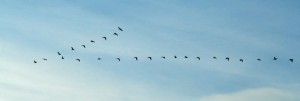
Flying in a “V” formation enables Canada geese to conserve energy, maintain visual contact with other geese and avoid collisions
Before they migrate, Canada geese gather in staging areas. Each migrating flock consists of several family groups and individuals. The goslings born last spring stay with their parents until they return to the breeding grounds next spring.
When ready to depart to their wintering grounds, older geese lead the way. By having one leader, the flock can easily change direction or speed without confusion.
Flying in a “V” formation allows each bird, except the leader, to take advantage of the slipstreams created by the bird ahead of it, similar to bicycle racers. This saves the birds energy and enables them to extend the range they are able to migrate. The leader can easily drop back into the line to take advantage of the lift.
In the fall and especially in the spring, the flocks migrate slowly by stopping along the way to refuel. This ensures they reach their destination in good shape which is extremely important in the spring when less food is available at the breeding grounds.
Canada geese are highly adaptable to what food is available and will eat grass, leaves, flowers, roots, seeds, berries, and crops such as barley, wheat, beans, rice, alfalfa and corn. They also eat aquatic plants and the occasional insect, snail or tadpole.
Many geese don’t migrate as far south as they once did because some farming practices make waste grain more available in the fall and winter. Not all geese migrate the same distance. Canada geese breeding and nesting in northern Canada may migrate to the southern United States while those nesting in southern Canada may only migrate to the northern United States.
Each subspecies of Canada goose inhabits a specific range and migrates to certain areas. The number of subspecies varies depending on the source, but Ducks Unlimited recognizes seven subspecies of Canada geese: Atlantic, Hudson Bay/Interior, Giant, Moffitt’s/Great Basin, Lesser, Dusky and Vancouver.
The Great Basin subspecies breeds in the inter-mountain regions of Idaho, Utah, Nevada, Wyoming, and Colorado, and also in Montana, Saskatchewan and northern Ontario. They then winter in places such as Arizona, Nevada, Utah, Idaho and Montana.
Not all geese migrate either. Some Canada geese are considered resident geese because they stay year-round in places with open water and available food. A goose is taught to migrate by its parents and if they don’t migrate then the young don’t migrate.
The geese that spend the summer here may winter here or fly south. Wintering geese may be resident geese or migrants from farther north.
Canada geese don’t search for mates every year, they mate for life unless one dies. The strong family and pair bonds permit the family to return to the natal home area to nest. Many pairs even reuse the same nest for several years.
After nesting is completed, the family stays together. Before the young fledge, the adults undergo a molt to grow new feathers to replace worn, frayed and lost feathers. Therefore during mid-July, the entire family is grounded.
Despite their noisiness and ability to make 13 different calls, the Canada goose still has several predators. When molting, sitting on the nest and as eggs, the geese are most vulnerable to coyotes, raccoons, skunks, bobcats, foxes, gulls, eagles, ravens, magpies and crows.
Humans are another predator during hunting season. Some 2.6 million geese are harvested annually by hunters but the harvest doesn’t affect the population. The Canada goose population is more stable than it has been in previous decades, ensuring we will hear their familiar call overhead as they seek out food.

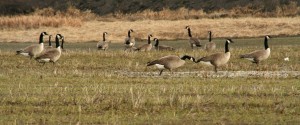
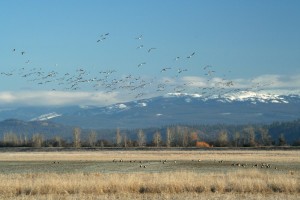
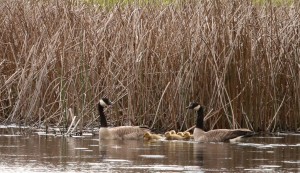
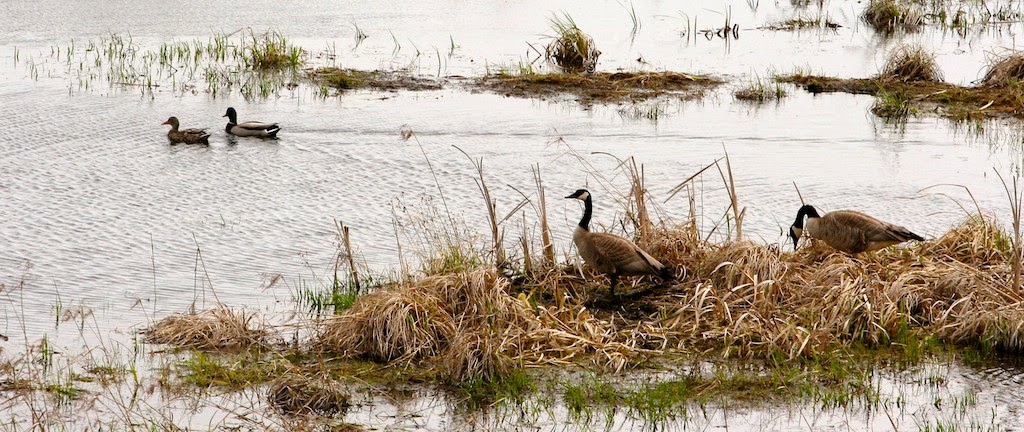

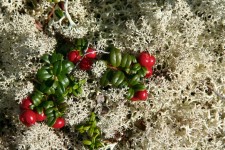
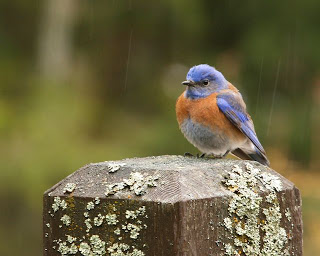
It is November, and I see many Canada geese flying North. Why is that?
I find it interesting that geese migrate and travel to different places during winter. I learned that my friend noticed a weird honking sound around his backyard while tending to his plants. Maybe it’s time that he seek out a removal expert if they start to bother him.